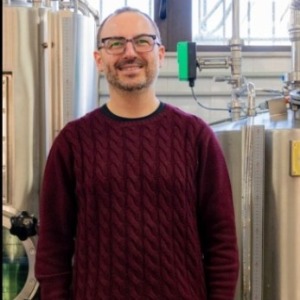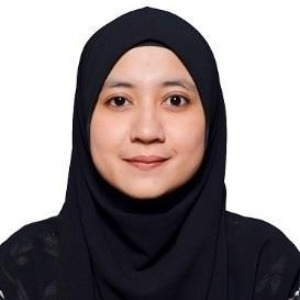8th Edition of Euro Global Conference on
Food Infrared Spectroscopy
Food infrared spectroscopy is a sophisticated analytical technique that utilizes infrared radiation to study the chemical composition, structure, and properties of food samples. This non-destructive method operates by measuring the interaction between infrared radiation and molecules within the food, providing valuable information about their molecular structure, functional groups, and chemical bonds. Infrared spectroscopy covers a range of techniques, including Fourier-transform infrared (FTIR) spectroscopy, near-infrared (NIR) spectroscopy, and attenuated total reflectance (ATR) spectroscopy, each offering unique advantages and applications in food analysis. FTIR spectroscopy measures the absorption, reflection, or transmission of infrared radiation by a sample over a wide range of wavelengths, providing detailed spectral information that can be used to identify and quantify specific compounds, such as proteins, lipids, carbohydrates, vitamins, and minerals, in food samples. NIR spectroscopy operates in the near-infrared region of the spectrum and is used for rapid, non-destructive analysis of food composition, quality, and authenticity. NIR spectroscopy is particularly well-suited for quantitative analysis of major components like moisture, fat, protein, and sugar content in food products, as well as for detecting adulteration, contamination, or quality defects. ATR spectroscopy involves measuring the attenuation of infrared radiation as it passes through a thin film of the sample, providing surface-sensitive information about the molecular composition and structure of food samples. Food infrared spectroscopy has diverse applications across the food industry, including quality control, process monitoring, authenticity verification, and nutritional analysis. It is used for assessing the composition, freshness, ripeness, and shelf life of various food products, including fruits, vegetables, meats, dairy products, grains, and beverages. Infrared spectroscopy is also employed in food processing to monitor chemical changes, reactions, and transformations that occur during thermal processing, storage, and preservation. The adoption of food infrared spectroscopy is driven by advancements in instrumentation, software algorithms, and data analysis techniques, as well as increasing demand for rapid, non-destructive analytical methods in food analysis.

Said Bouhallab
INRAE, France
Giovanni De Francesco
University of Perugia, Italy
Ombretta Marconi
University of Perugia, Italy
Alex Martynenko
Dalhousie University, Canada
Ana Isabel Najera
University of the Basque Country EHU, Spain
Marcin A Kurek
Warsaw University of Life Sciences, Poland


